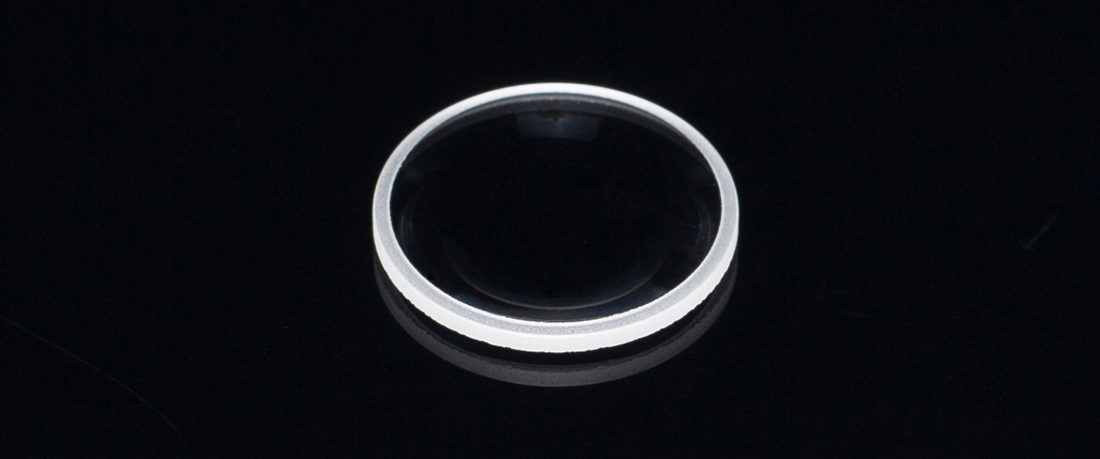Among optical lenses, convex lenses are particularly common and widely used. A convex lens is a lens that is thicker in the center and thinner at the edges. Convex lenses have the function of converging light, so they are also called "converging lenses" and "positive lenses" are usually used for hyperopia and reading glasses. Such optical lenses can be divided into: biconvex lens - a lens with two convex sides; plano-convex lens - a lens with one side convex and one side flat; and a meniscus lens - a lens with one side convex and one side concave. Briefly explain the imaging principle of convex lens.
We all know that the imaging law of a convex lens means that the object is placed out of focus and is inverted on the other side of the convex lens. There are three types of real images: reduced, equal, and enlarged. The smaller the object distance, the larger the image distance, and the larger the real image. When the object is placed in focus, an upright magnified virtual image is formed on the same side of the convex lens. The smaller the object distance, the smaller the image distance, and the smaller the virtual image. In optics, the image formed by the actual light is called a real image, which can be connected by a light screen; otherwise, it is called a virtual image and can only be felt by the eyes. When describing the difference between real and virtual images, such a method of distinction is often mentioned: "Real images are upside-down, while virtual images are upright." The so-called "upright" and "inverted" are of course relative to the original object In terms of.

The parallel light is parallel to the main optical axis (the line connecting the spherical centers of the two spherical surfaces of the convex lens is called the main optical axis of the lens) into the convex lens. After the light is refracted twice on both sides of the lens, it is concentrated at a point on the axis. This point is called the focal point of the convex lens (marked as F, English: focus). The convex lens has a real focal point on both sides of the mirror. If it is a thin lens, the distance between the two focal points and the center of the lens is roughly equal. The focal length of a convex lens refers to the distance from the focal point to the center of the lens, usually denoted by f. The smaller the spherical radius of the convex lens, the shorter the focal length (mark: f, English: focallength). Convex lenses can be used for magnifying glasses, glasses worn by people with presbyopia and hyperopia, cameras, movie projectors, microscopes, and telescopes. Optical Center: The center O point of a convex lens is the optical center of the lens. Focal point: The light rays parallel to the main axis pass through the convex lens and converge at a point F on the main optical axis, which is the focal point of the convex lens. Focal length: The distance from the focal point F to the optical center O of the convex lens is called the focal length, and is represented by f. Object distance: The distance from the object to the optical center of the convex lens is called the object distance, which is represented by u. Image distance: The distance from the image formed by the convex lens to the optical center of the convex lens is called the image distance, which is represented by v.
Imaging formula: 1/u (object distance) + 1/v (image distance) = 1/f (lens focal length)
Therefore, we can calculate the object distance based on the known focal length and image distance.

We are looking forward to establishing long-term cooperative relations with customers around the world on the basis of trust and mutual benefit. Please feel free to contact us for further information. We sincerely welcome you to our factory.
Copyright © Jiangxi High-Resolution Optoelectronic Co., Ltd. All Rights Reserved | Sitemap